Ancestry Search: How to Share with Grandkids Now
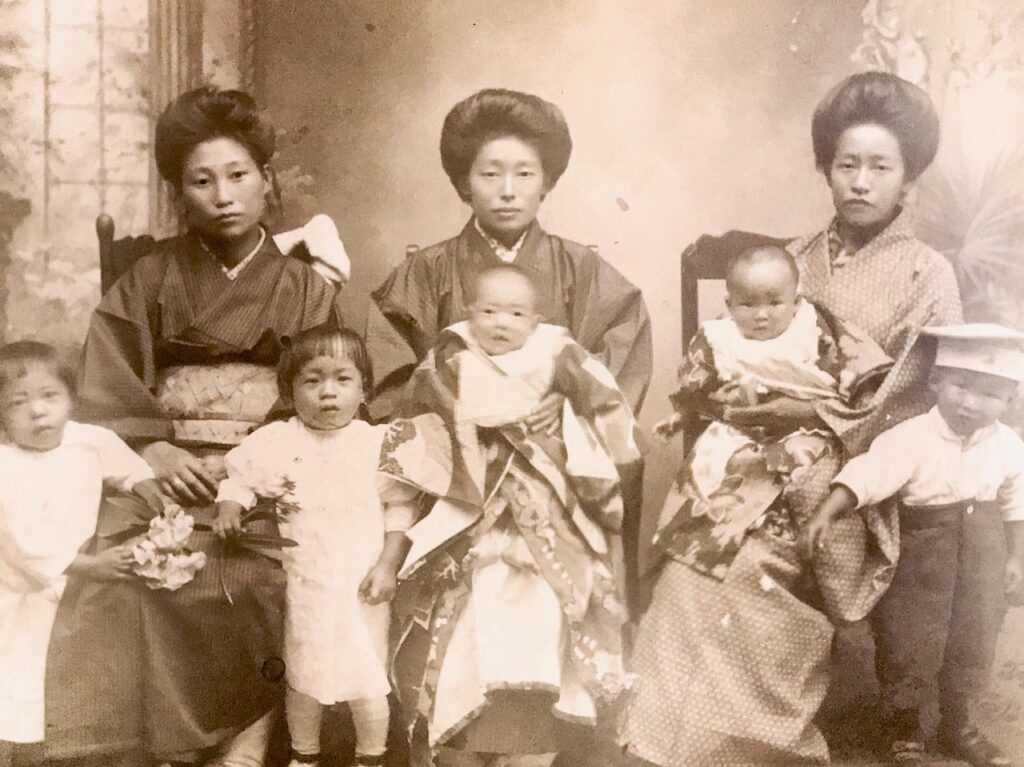
It’s only in the past decade that I became interested in visiting Japan, birthplace of all four of my grandparents. Each emigrated to Hawaii around 1900 as a contract laborer to work the sugar cane fields.
On our first two trips, we planned itineraries to take in exquisite gardens, temples, shrines, and museums. I was not interested in an ancestry search to Kumamoto. After all, Kumamoto, on the southernmost island of Kyushu, is a six-hour Shinkansen (bullet train) ride from Tokyo.
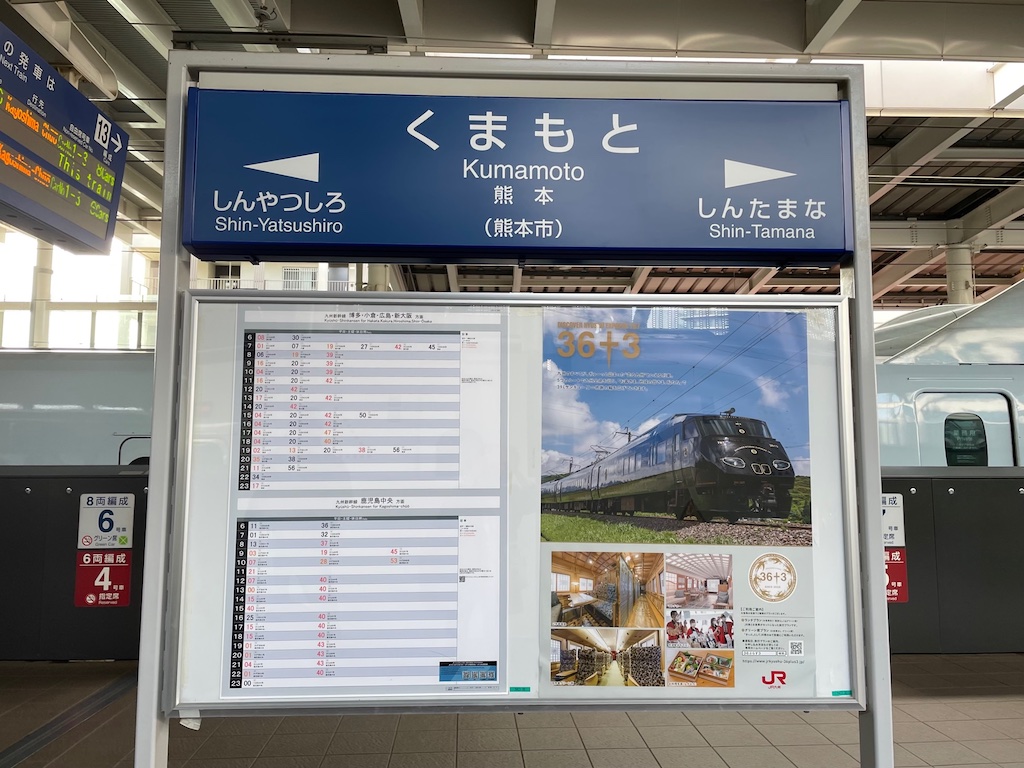
How We Fell into an Ancestry Search
In doing my Japan travel research for our monthlong vacation, I stumbled across a Tours by Locals post. It was about Kumamoto prefecture:
“I will take you to the region associated with your ancestors. I will be an interpreter and a local guide during your stay here, and assist you in locating your relatives and family grave, etc. Before your arrival, I will search the location of the old residence, family grave/temple via internet and local library if information is provided in advance.”
I was intrigued.
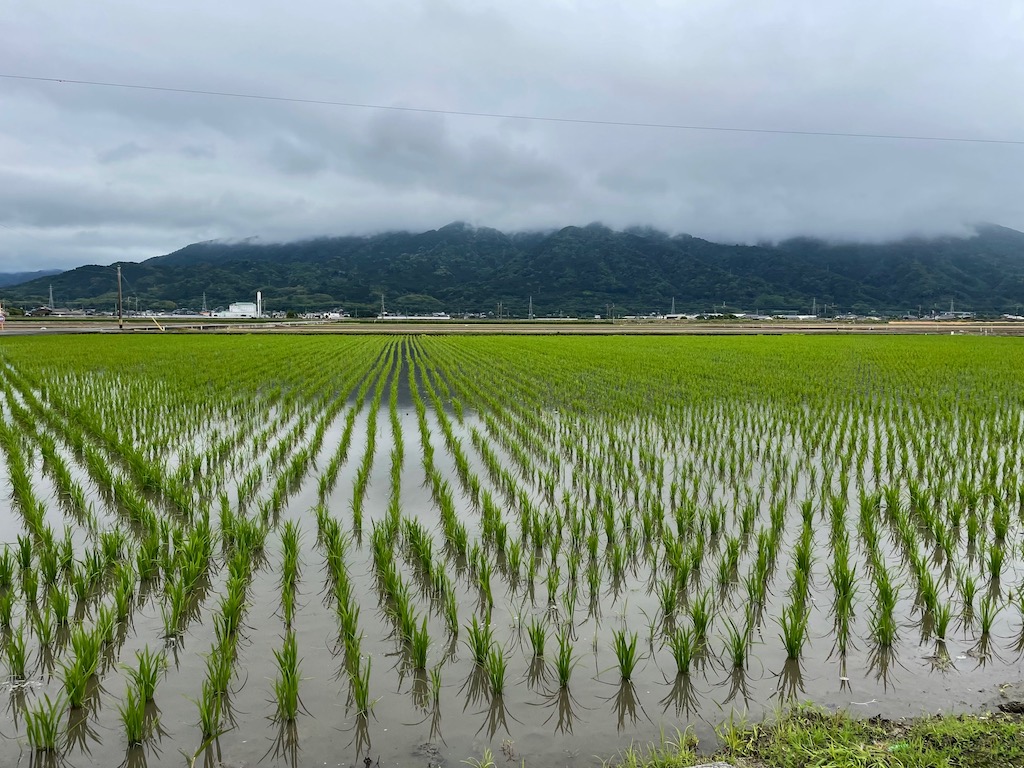
We Book an Ancestry Tour
So, we booked a private tour with the guide, Ikue. And it was then that I realized I had little family information for her. The generation in contact with Japan had all passed away. And we had no letters and few documents to give us clues.
We were not without resources. My cousin’s mother-in-law, a well-respected amateur genealogist, had prepared a family history of my mother’s family, pre-internet. And we had the rudiments of a family tree on my father’s side, developed by my cousin’s daughter on Ancestry.
But, I realized that getting to the exact location of our family villages after over a century had passed would be a challenge. Our guide took the fragments of information we could provide. And then she did research at the municipal archives and library.
In the end, we were able to visit some long-lost family, who were lovely and gracious. Each took us to the family graves so we could lay flowers and offer prayers.
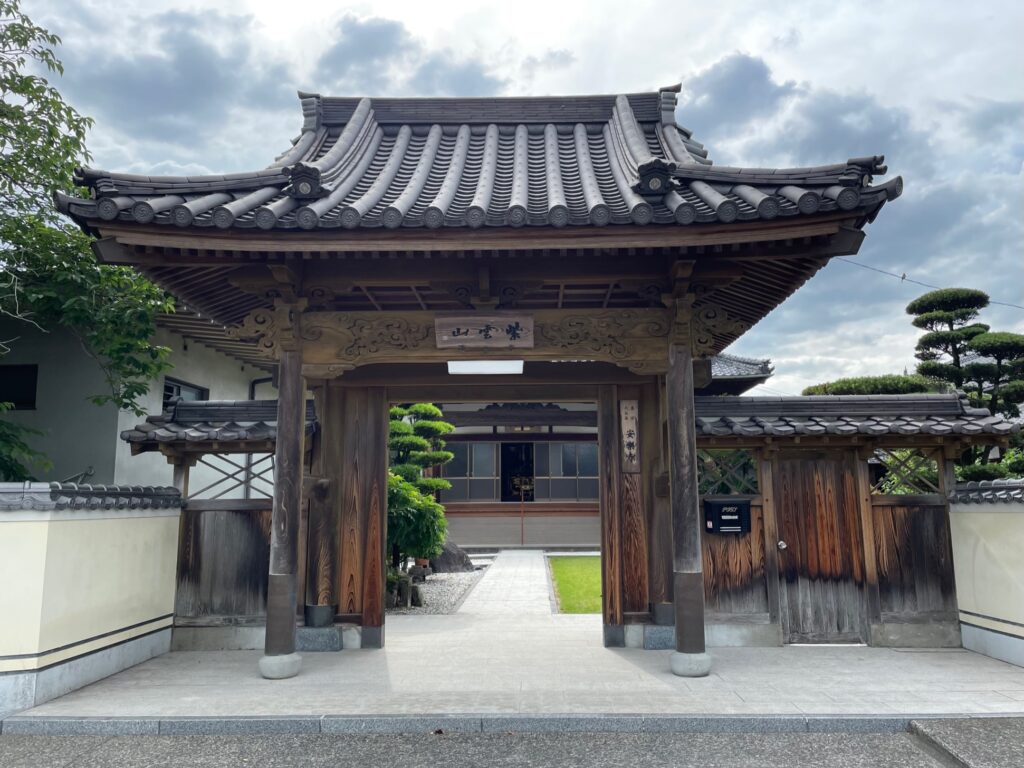
My Grandfather’s Grave
My paternal grandfather had returned to Japan late in life and remarried. Above all, I sought out his grave because it was connected to my own childhood memories, since he had lived with us in Hilo. On the other hand, other family graves were centuries old so they were hugely meaningful, but not as personal.
Despite her best efforts, however, our guide could not find this grave. Neither could two Japanese friends who joined the search by internet. But miraculously, at the very last minute, as we were headed out to make our graveyard visits, a long-shot call to a distant relative paid off. And so my grandfather’s grave was found.
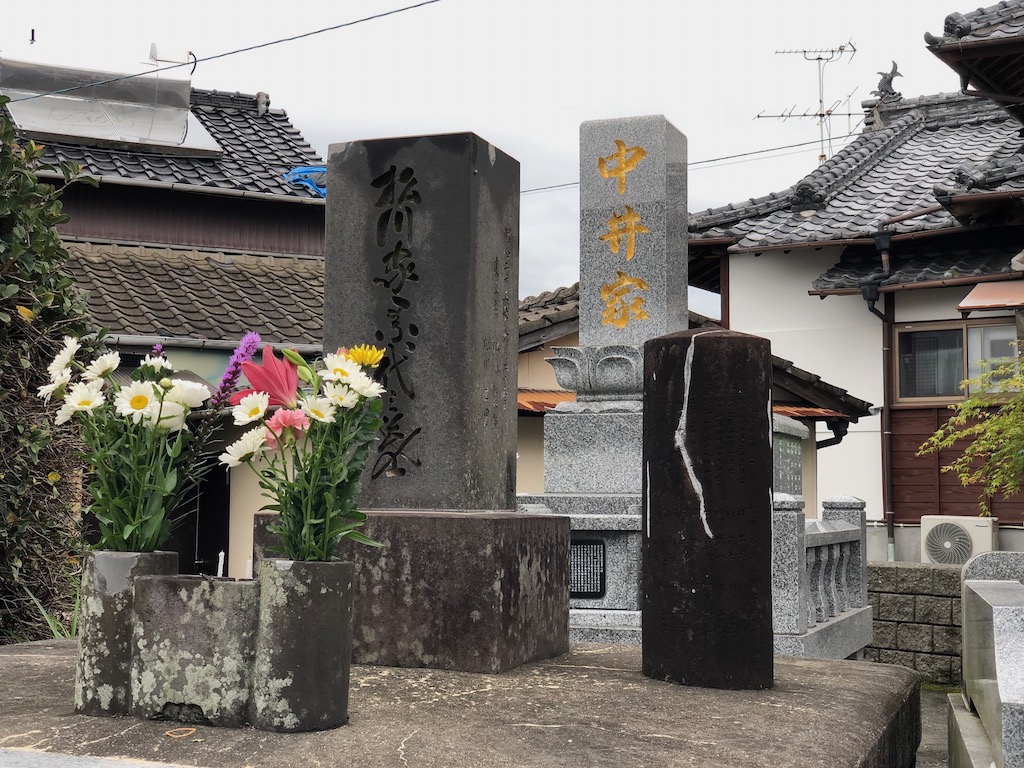
Surprisingly my grandfather’s grave was not in a graveyard. It was one of just three gravestones surrounded by commercial buildings in a small Kumamoto town, not far from the train station.
Preserve Ancestry Information for Grandkids
Learning about our ancestors brings their stories to life and enriches our own lives. Here are some things you could do to preserve your ancestry information now:
- Save documents, letters, and special recipes that tell your family story.
- Follow these tips for preserving family memories, letters, and trinkets from The New York Times. Hint: do NOT laminate documents.
- Until you can organize your documents, simply store them in a three-ring binder, using high-quality, archival sleeves.
- One day, you’ll be an ancestor. Make sure you leave a legacy by writing about yourself and your life, for posterity. Or, even better, do a video. Also, share your memories of those who have passed away–this is the only personal connection future generations will have to those ancestors.
- Encourage older grandkids to do family interviews on video. Sometimes, it’s easier to share when answering interview questions, than to conjure up a lifetime of memories without prompts.
- Meanwhile, start sharing with your children and grandchildren what you do know now, in informal ways. Don’t wait to complete a grand ancestry search.
- A good way to start telling ancestor stories is to prepare a recipe from your ancestor together with your grandchild. Soon, the memories will flow as you work together.
- Make books about your family customs and traditions. For example, I made one about our Christmas ornaments and the personal stories around this prized collection, which dates back to the 1940s. I also made a simple binder documenting our family’s holiday traditions, along with favorite holiday recipes.
For specific projects about ancestors that you can do with the grandkids, visit the excellent blog, Good Parenting, Brighter Children. Sharlene shares six fun introductory ancestor activities for kids and grandkids to get you started.
Sign Up!
Don’t forget to sign up for my email newsletter. Every Wednesday, I’ll give you a new idea for an activity or insight to nurture the little ones in your life. In another week, we’ll be starting the third year of Camp Grandma with new fun and educational activities for the grandkids.
This is an excellent post, Sandy, and thanks for this information. Researching one’s ancestry is always an adventure, and you certainly had one. And will probably have more! I love your suggestion reminding us that each one of us will be an ancestor someday and should leave behind some written memories. In this age where all communications are electronic (and therefore disappear from the record fairly quickly) future researchers will have very little to work on without some written (and printed) words from us.
Thanks so much, Don! You’re so right about the lasting value of written documents–it’s harder to lose those.
So happy you were able to reconnect with your family’s graves and with extended family!
Thank you, Kat! It was a wonderful experience.